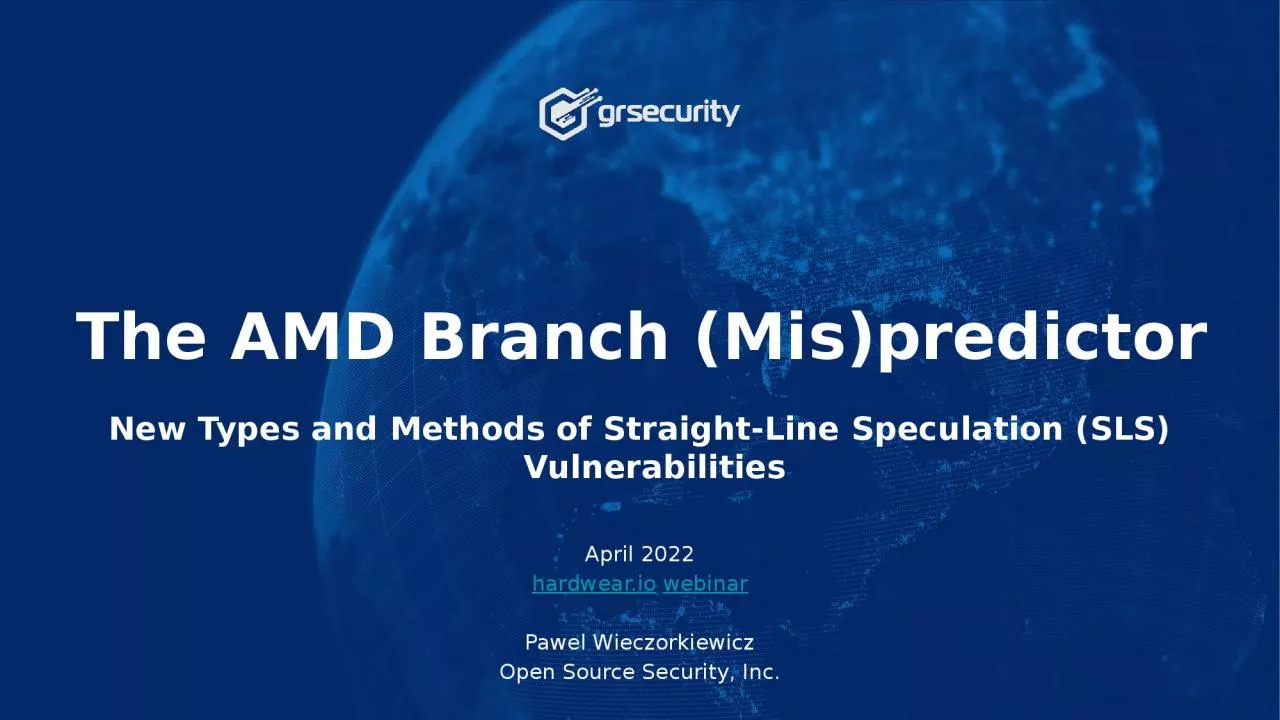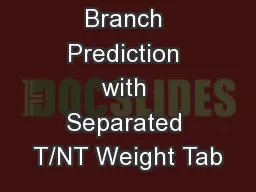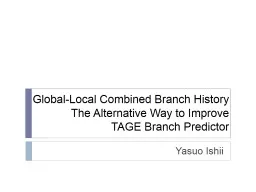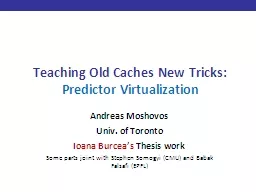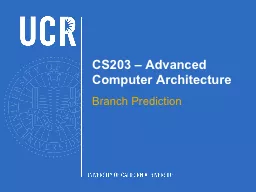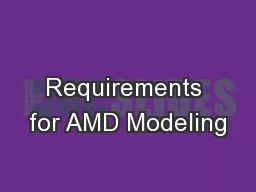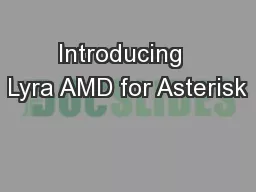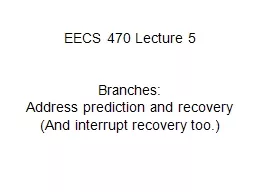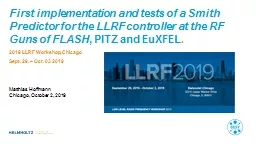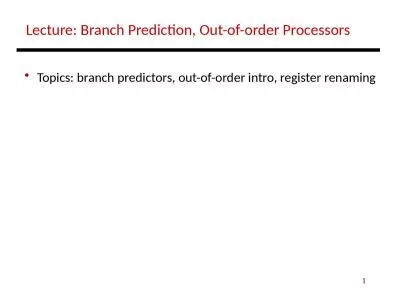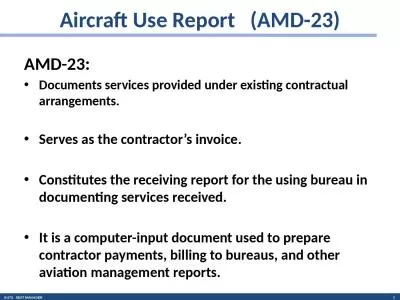PPT-The AMD Branch (Mis)predictor
Author : reese | Published Date : 2022-06-18
New Types and Methods of StraightLine Speculation SLS Vulnerabilities April 2022 hardweario webinar Pawel Wieczorkiewicz Open Source Security Inc Pawel Wieczorkiewicz
Presentation Embed Code
Download Presentation
Download Presentation The PPT/PDF document "The AMD Branch (Mis)predictor" is the property of its rightful owner. Permission is granted to download and print the materials on this website for personal, non-commercial use only, and to display it on your personal computer provided you do not modify the materials and that you retain all copyright notices contained in the materials. By downloading content from our website, you accept the terms of this agreement.
The AMD Branch (Mis)predictor: Transcript
Download Rules Of Document
"The AMD Branch (Mis)predictor"The content belongs to its owner. You may download and print it for personal use, without modification, and keep all copyright notices. By downloading, you agree to these terms.
Related Documents

